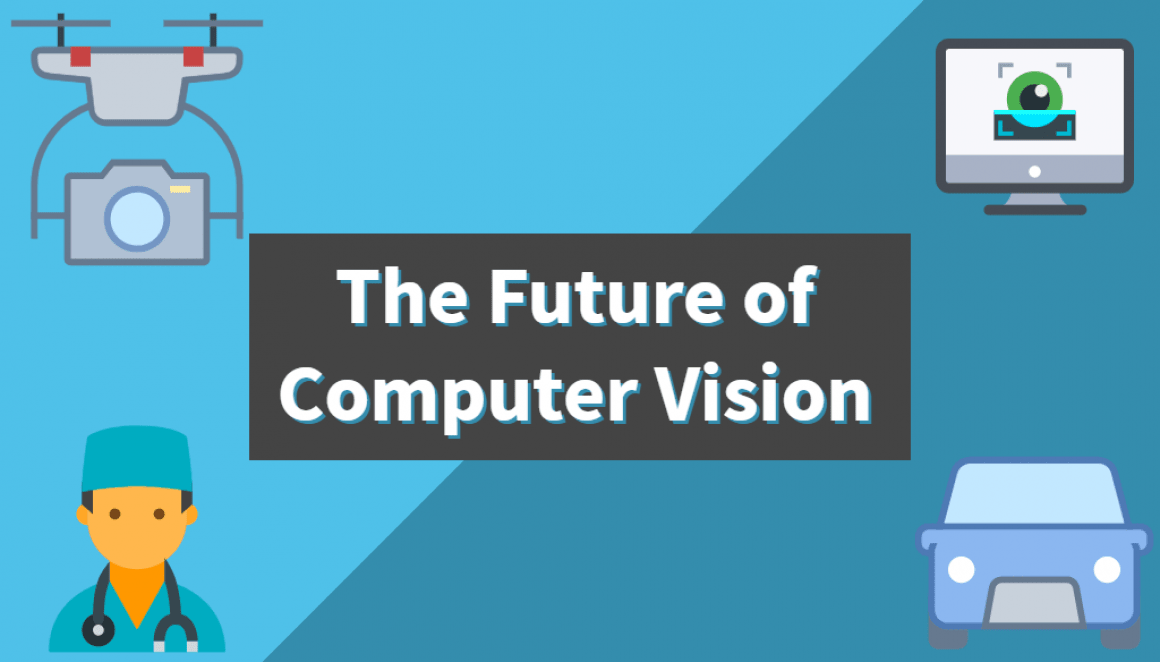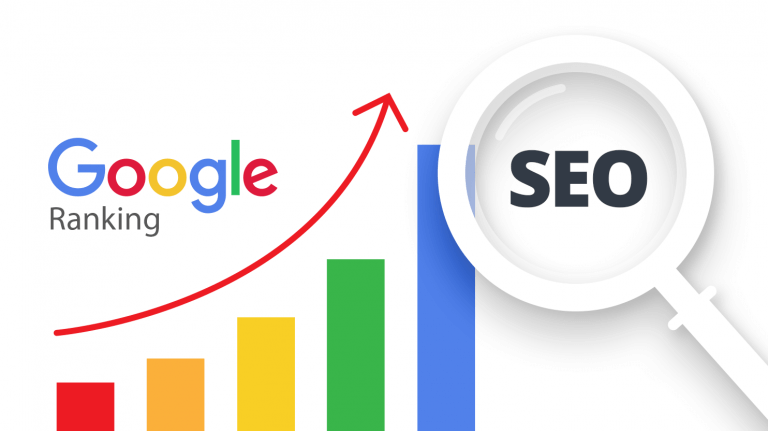Computer vision
In the terms of computer, “vision” refer to the ability of the systems which makes them able to identify items, places, objects and even people from visual images, those collected via some sort of camera or sensor. It is this technology that enables the smartphone’s camera to recognize whether the part of the image it is capturing is a face or something else and powers the technologies such as Google Image Search. As the world moves through 2020, it is going to see computer vision equipped tools and technologies rolled out for an ever increasing number of uses and applications. It is fundamental to the way autonomous cars will ‘see’ and navigate their ways around the danger. Production lines might employ computer vision cameras in order to watch for products full of errors or equipment failures, and security cameras will be able to alert the users about anything out of the ordinary, without even requiring 24/7 monitoring.
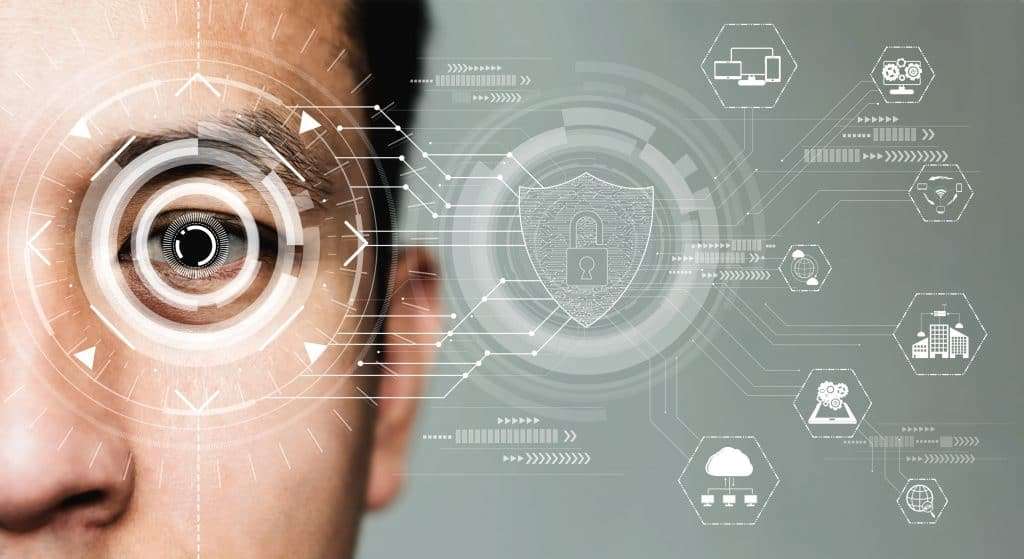
Computer vision has a lot of potential and applications in the near future. With the increase in Artificial Intelligence technologies and Machine Leaning combined, Computer vision can be improved day after day. With each day passing, the system can learn new things and monitor and adjust itself accordingly. It is like meeting new people and seeing new objects, like a person. The moment we meet someone or see some new object or place, we remember it, so the next time we see them, we recognize them immediately. Same goes for the computer vison. The more the system sees new stuff, the more it remembers and recognizes them accordingly whenever required. This technology is also used in Facebook, where the system automatically identifies the people in the picture and asks the user whether they want to tag them in the picture or not.
read more: How social media functions in the growth of business in 2023
Computer vision is also having the ability of face recognition, which the world will hear a lot about in 2020. The world have already seen how useful the technology is in controlling accesses to the smartphones in the case of Apple’s Face ID as well as how Dubai airport uses it to provide a smoother customer journey. However, as the use cases continue to grow in 2020, the world will also have more debates about limiting the use of this technology because of its potential to encode privacy and enable a superior like state control. Computer vision can be extremely useful if it is used within certain limits and can be extremely beneficial in a lot of sectors including criminal identification, missing cases, parking, and many more. This particular technology is surely one of the biggest addition to the future trends and technologies having numerous and variety of applications in several fields.
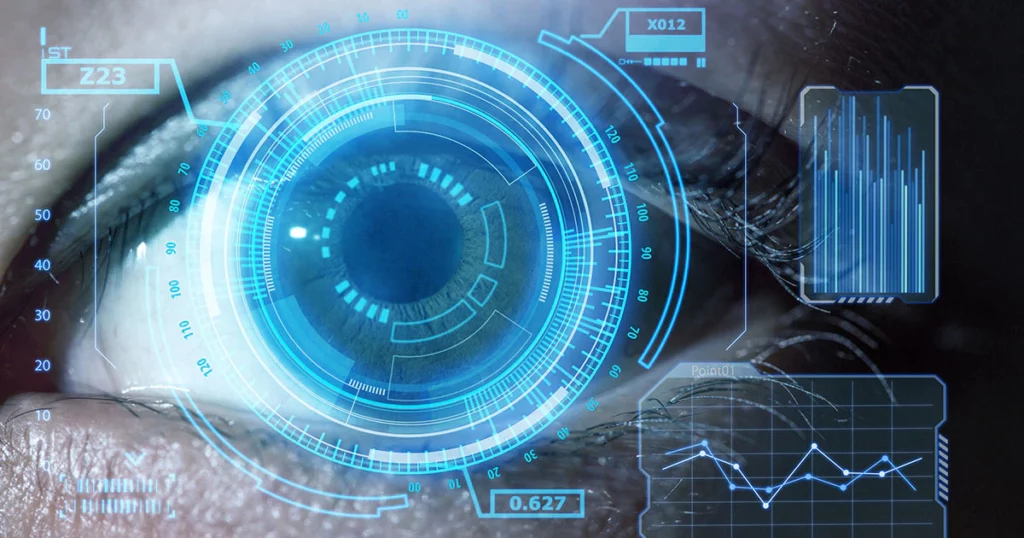
Computer vision has the potential to revolutionize many aspects of our lives. For example, it can be used to monitor and control industrial processes, detect defects in products, and enhance the accuracy of quality control. It can also be used to monitor wildlife populations, detect and prevent poaching, and track the movement of animals.
In the field of education, computer vision can be used to analyze student performance, identify areas where students are struggling, and provide personalized feedback to improve their learning outcomes. It can also be used to create immersive educational experiences, such as virtual field trips, that can enhance student engagement and understanding.
In addition to its practical applications, computer vision has the potential to transform the arts and creative industries. It can be used to create digital art, design interactive installations, and develop new forms of storytelling.
However, as with any emerging technology, there are also concerns about the ethical and societal implications of computer vision. For example, there are concerns about the potential for bias and discrimination in algorithms used in criminal justice, hiring, and lending decisions.
Overall, computer vision is a powerful and rapidly evolving technology that has the potential to shape many aspects of our future. While there are challenges and concerns to be addressed, the potential benefits of this technology are immense.
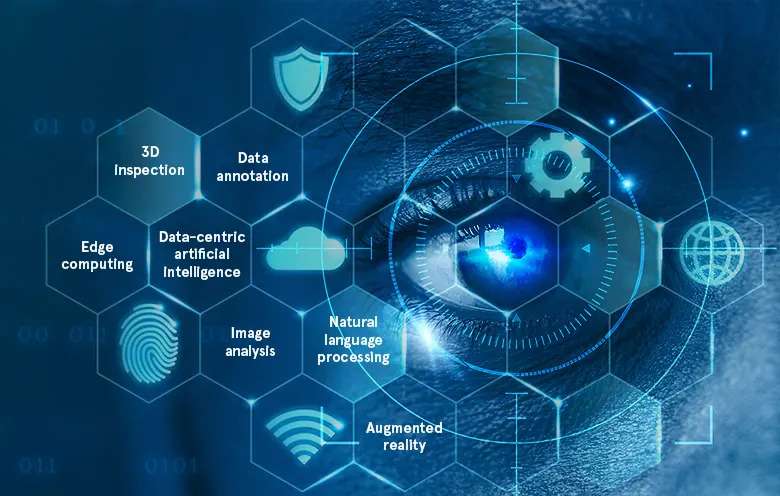
Computer vision is not limited to the visible spectrum of light. It can also be used in the analysis of infrared and ultraviolet images. Infrared imaging, for example, can be used for thermal imaging to detect heat signatures and identify sources of heat, such as equipment malfunctions, or wildlife activity. Ultraviolet imaging can be used for medical diagnostics, such as identifying skin cancer cells.
One of the biggest challenges in computer vision is developing algorithms that can accurately recognize and interpret visual data in real-world environments. This requires not only sophisticated machine learning algorithms but also an understanding of the physics of light and optics.
Another challenge is the sheer amount of data that needs to be processed. With the increasing use of high-resolution cameras and sensors, the amount of visual data generated is growing exponentially. This has led to the development of new technologies, such as edge computing and cloud-based processing, to handle the data.
As computer vision technology continues to advance, it has the potential to transform many industries and create new opportunities for innovation and growth. It is likely that we will see new applications of this technology emerge in the years to come, further demonstrating the power and potential of computer vision in shaping our future.
Computer vision has the potential to impact many industries, including agriculture. With the help of computer vision, farmers can monitor crops and livestock more effectively, identify disease outbreaks, and optimize irrigation and fertilizer application. Computer vision can also be used to automate the harvesting process, increasing efficiency and reducing labor costs.
In the field of sports, computer vision is being used to enhance performance analysis. For example, in soccer, computer vision can track player movements and analyze performance data to provide coaches with insights into team tactics and individual player strengths and weaknesses. In basketball, computer vision can track player movements and provide real-time data analysis to help coaches make informed decisions during games.
Another exciting application of computer vision is in the field of robotics. Computer vision can be used to enable robots to navigate complex environments, recognize objects, and interact with the world around them. This has implications for a wide range of industries, from manufacturing to healthcare.
As computer vision technology continues to develop, there are also important ethical considerations to be addressed. For example, there are concerns about privacy and the potential for misuse of visual data. As such, it is important for researchers and developers to consider the ethical implications of their work and work towards responsible and transparent deployment of this technology.
Overall, computer vision is a rapidly evolving technology that has the potential to transform many industries and aspects of our daily lives. While there are challenges and ethical considerations to be addressed, the potential benefits of this technology are significant.
One of the exciting possibilities of computer vision is the creation of augmented reality (AR) and virtual reality (VR) experiences. AR involves overlaying digital information on the real world, while VR creates immersive digital environments. Computer vision can be used to enhance these experiences by allowing users to interact with the virtual world in a more natural and intuitive way, such as using hand gestures or voice commands.
Another area where computer vision is making an impact is in the development of smart cities. Computer vision technology can be used to monitor traffic, detect accidents, and optimize public transportation. It can also be used to monitor air quality, identify areas of high pollution, and provide real-time data to inform city planning and policy.
In the field of finance, computer vision is being used to automate financial analysis and trading. For example, computer vision can be used to analyze financial statements and identify patterns and anomalies in data. It can also be used to analyze market trends and make predictions about future performance.
As computer vision technology continues to advance, there are also new possibilities emerging for its use in creative fields. For example, computer vision can be used to create generative art, where algorithms are used to create unique and dynamic pieces of artwork.
In conclusion, computer vision is a versatile and rapidly advancing technology with far-reaching applications across a variety of industries. As this technology continues to develop, it will likely become even more integrated into our daily lives, transforming the way we live, work, and interact with the world around us.
Computer vision has the potential to revolutionize the field of healthcare. It can be used to analyze medical images, such as X-rays and MRIs, and help doctors diagnose and treat diseases more accurately and efficiently. Computer vision can also be used to monitor patient health, detect early warning signs of disease, and assist in surgical procedures.
Another area where computer vision is making an impact is in the field of autonomous vehicles. Computer vision is an essential technology for self-driving cars, as it allows the vehicle to “see” the world around it and make decisions based on visual data. Computer vision can also be used in other types of autonomous vehicles, such as drones and delivery robots.
In the field of law enforcement, computer vision can be used for surveillance and crime prevention. For example, computer vision can be used to detect and track suspicious behavior in public spaces, monitor traffic for violations, and enhance the accuracy of facial recognition software used in investigations.
Computer vision also has the potential to transform the way we interact with technology. For example, it can be used to develop more intuitive and natural interfaces, such as gesture recognition and voice control. It can also be used to enhance the user experience of mobile and web applications, by allowing for more personalized and interactive features.
As with any emerging technology, there are also important ethical considerations to be addressed. For example, there are concerns about the potential for bias and discrimination in algorithms used in hiring, lending, and other decision-making processes. As such, it is important for researchers and developers to work towards creating transparent and ethical deployment of computer vision technology.

